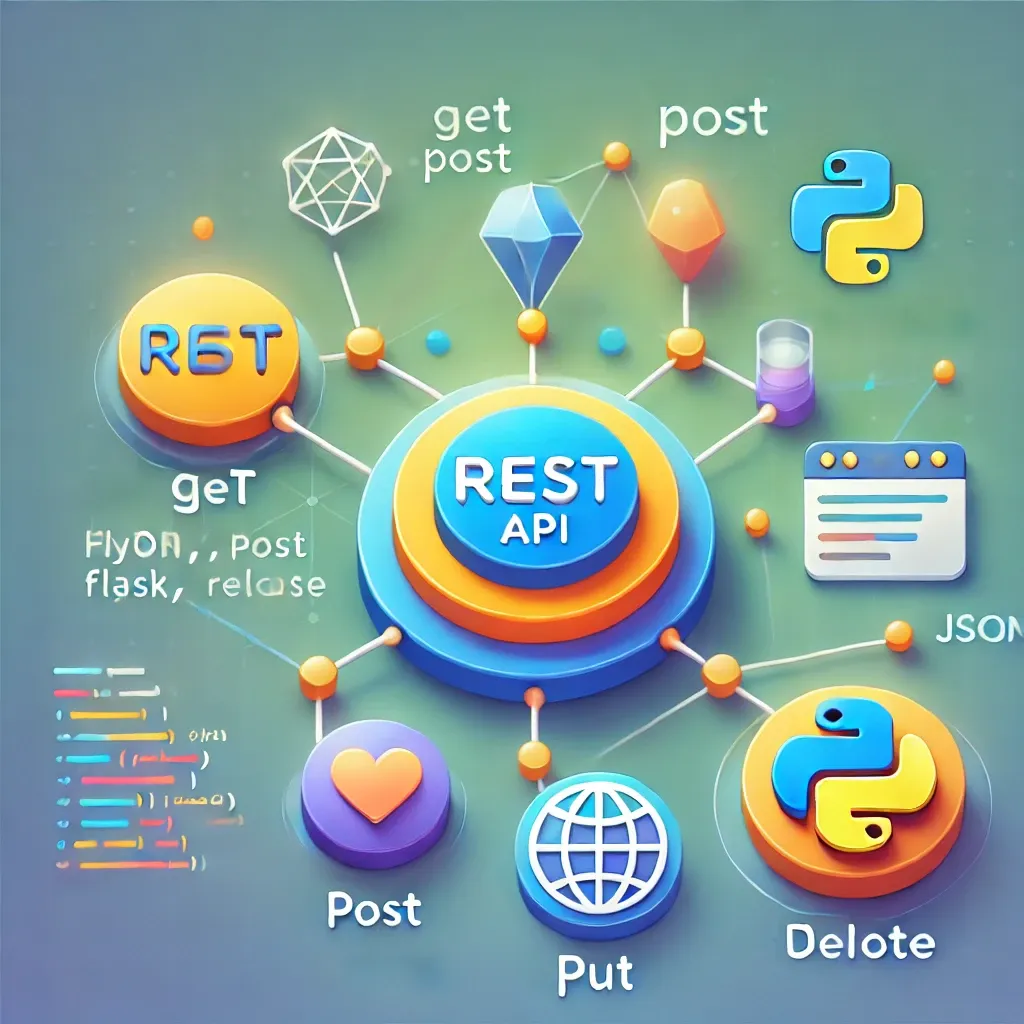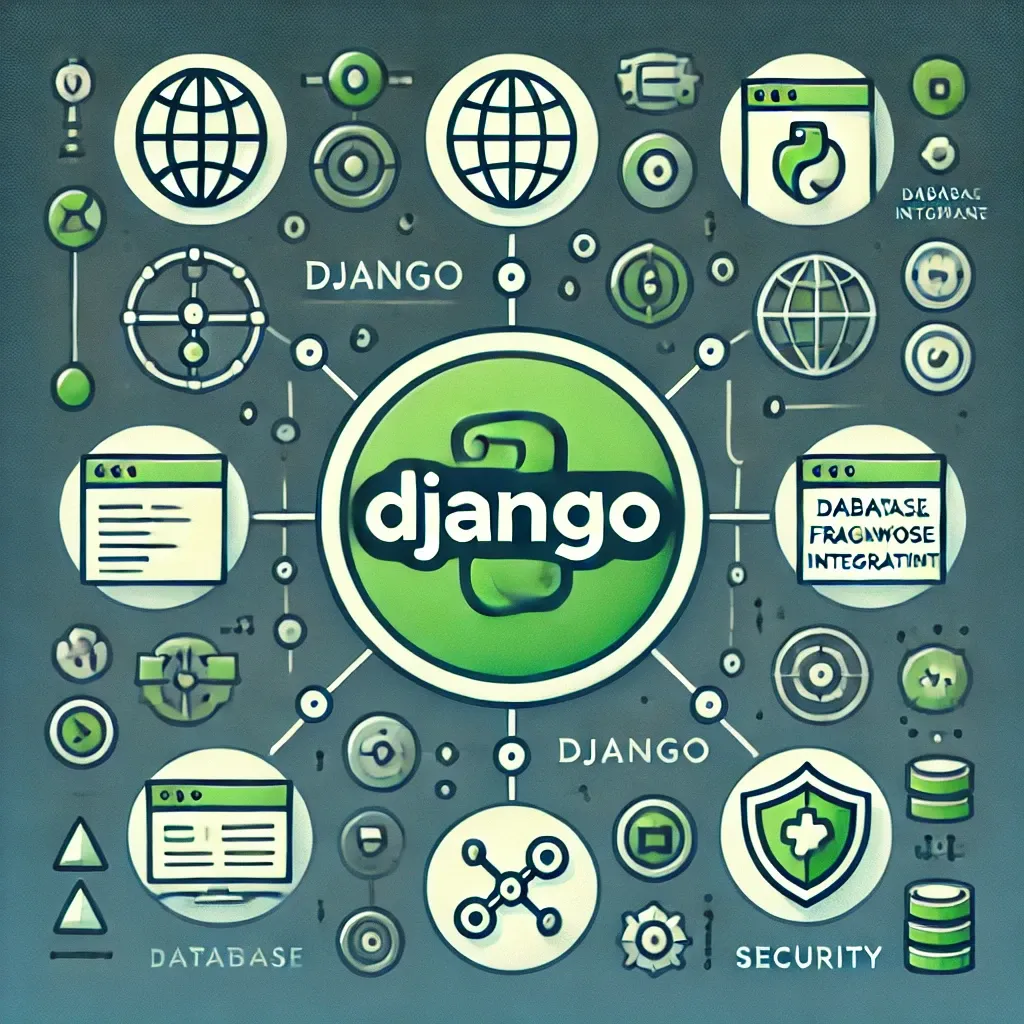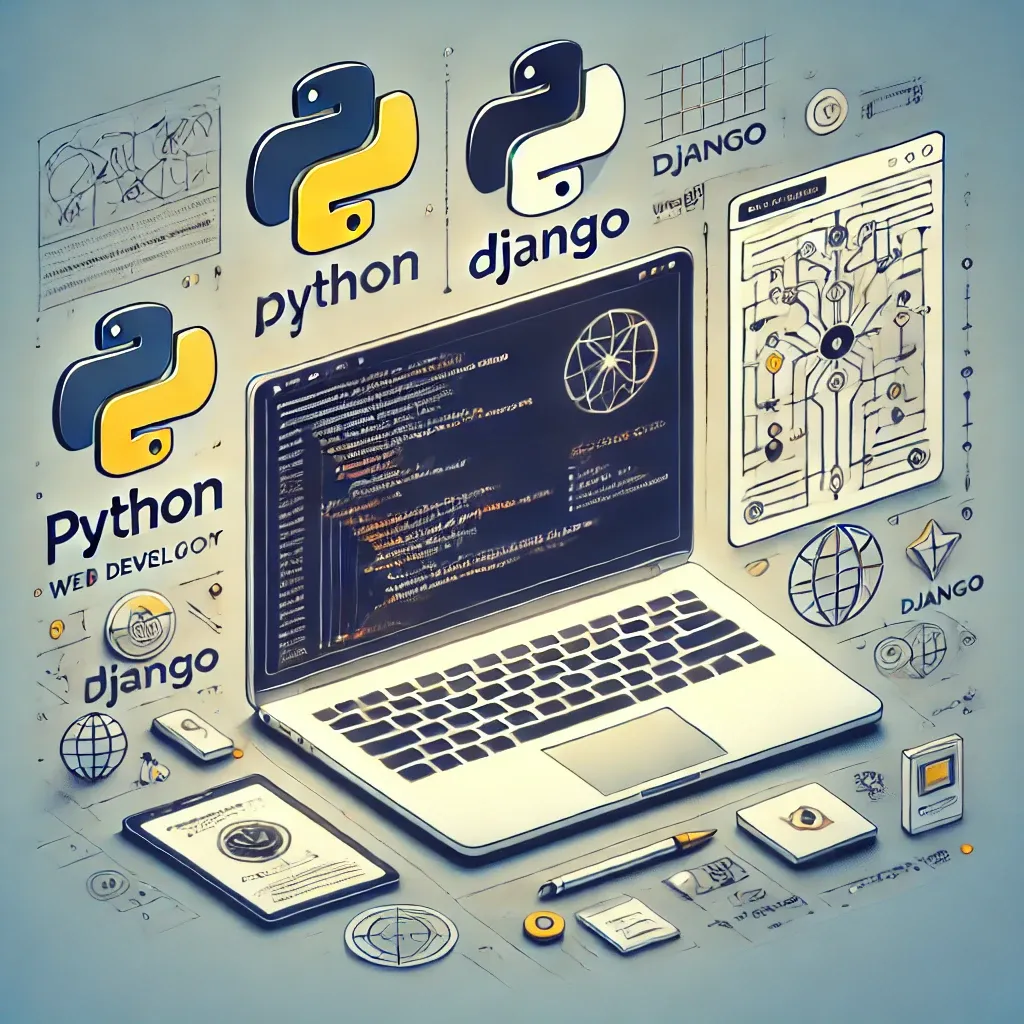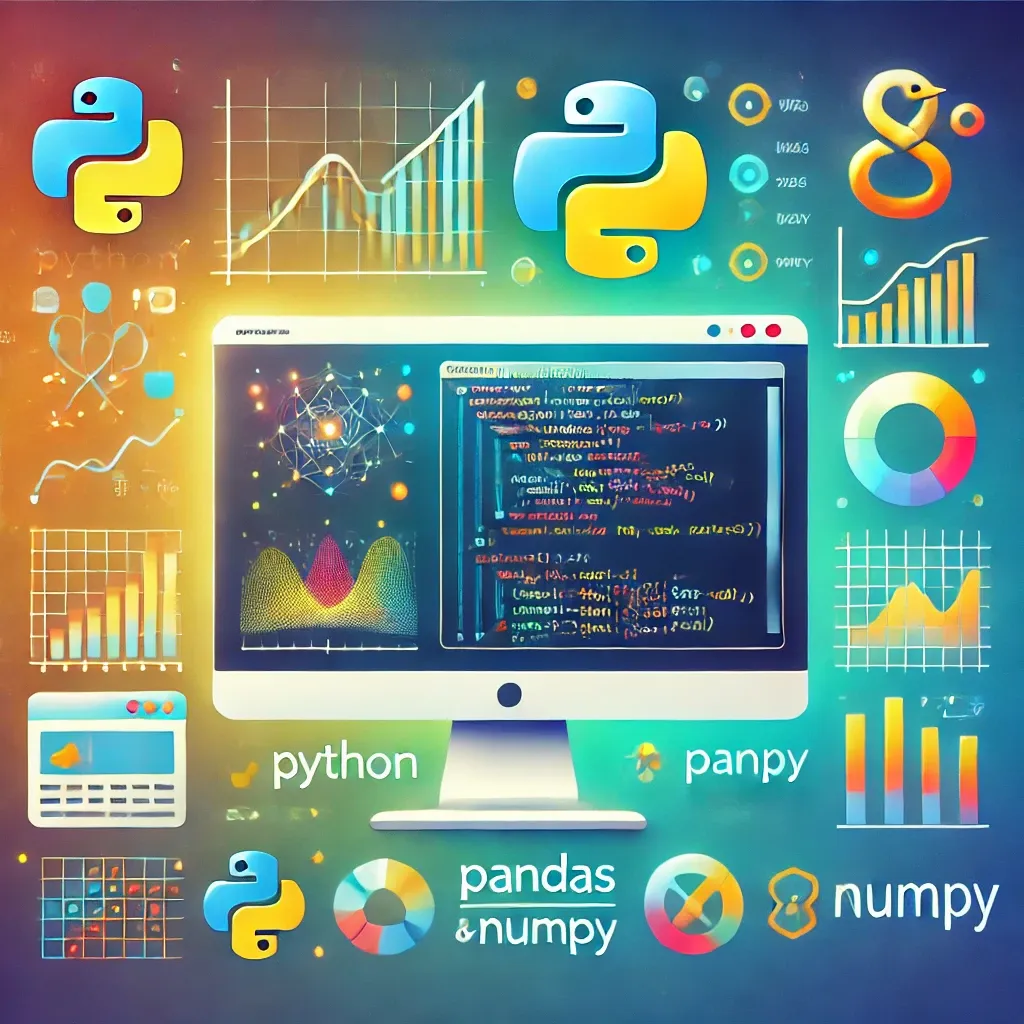
Introduction to REST APIs
REST (Representational State Transfer) APIs are a set of protocols for building and interacting with web services. RESTful APIs enable different applications to communicate with each other over HTTP, using standardized methods such as GET, POST, PUT, and DELETE. In this guide, we’ll go through the basics of creating a simple REST API with Python and consuming it from a client.
Key Concepts of RESTful Architecture
- Statelessness: Each request from a client to a server must contain all necessary information.
- Resources: Represent data entities (like users, products) accessible through URLs.
- HTTP Methods: The main methods used are GET (retrieve), POST (create), PUT (update), and DELETE (remove).
- JSON: Most APIs use JSON (JavaScript Object Notation) as the data format for requests and responses due to its readability and compatibility.
Creating a Simple REST API with Flask
We’ll use Flask, a lightweight web framework for Python, to create a basic REST API. Install Flask by running:
pip install FlaskHere’s a simple example of a REST API that manages a list of books:
from flask import Flask, jsonify, request
app = Flask(__name__)
books = [
{"id": 1, "title": "The Great Gatsby", "author": "F. Scott Fitzgerald"},
{"id": 2, "title": "1984", "author": "George Orwell"}
]
@app.route('/books', methods=['GET'])
def get_books():
return jsonify(books)
@app.route('/books', methods=['POST'])
def add_book():
new_book = request.get_json()
books.append(new_book)
return jsonify(new_book), 201
if __name__ == '__main__':
app.run(debug=True)
This code creates two endpoints:
GET /books: Retrieves the list of books.POST /books: Adds a new book to the list.
Consuming the REST API in Python
Now let’s see how to consume this API using Python’s requests library. Install it using:
pip install requestsTo get a list of books from the API:
import requests
response = requests.get("http://localhost:5000/books")
if response.status_code == 200:
books = response.json()
print(books)
To add a new book:
new_book = {"id": 3, "title": "To Kill a Mockingbird", "author": "Harper Lee"}
response = requests.post("http://localhost:5000/books", json=new_book)
if response.status_code == 201:
print("New book added:", response.json())
Conclusion
Building and consuming REST APIs in Python is straightforward with frameworks like Flask and libraries like requests. REST APIs allow for seamless communication between applications, making it a valuable skill for developers. Practice creating and consuming your own APIs to strengthen your understanding of this essential technology.







0 Comments